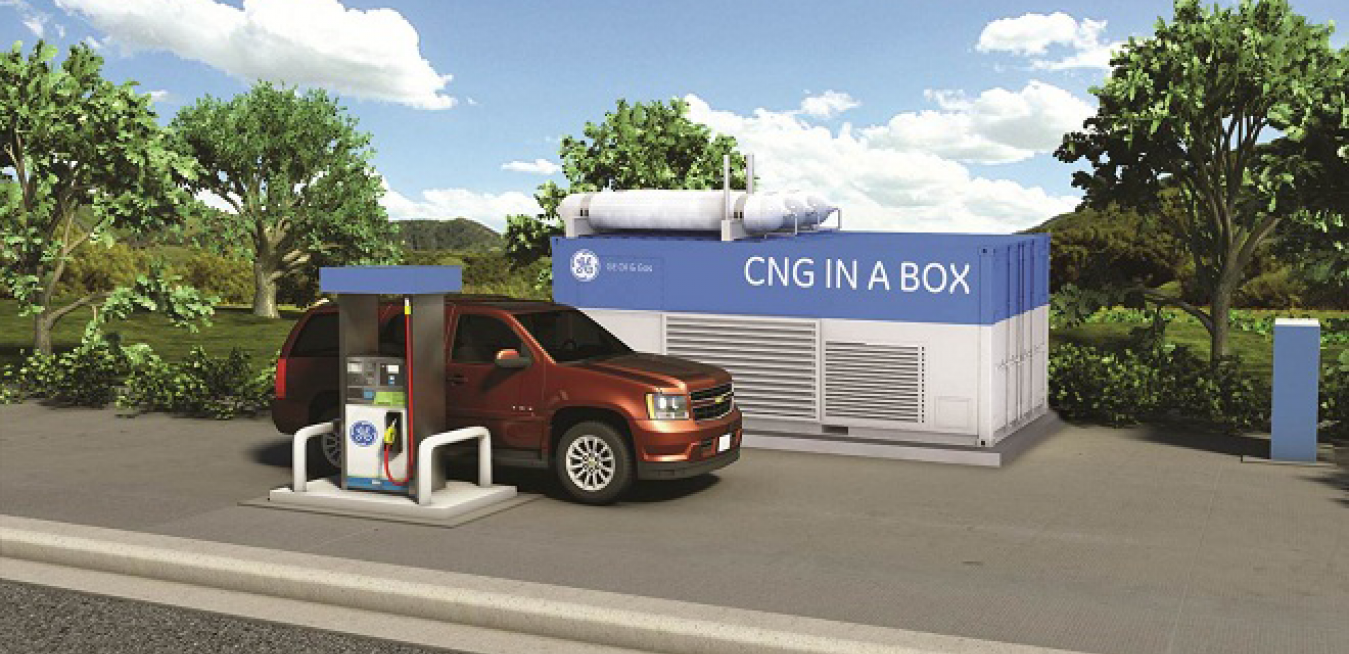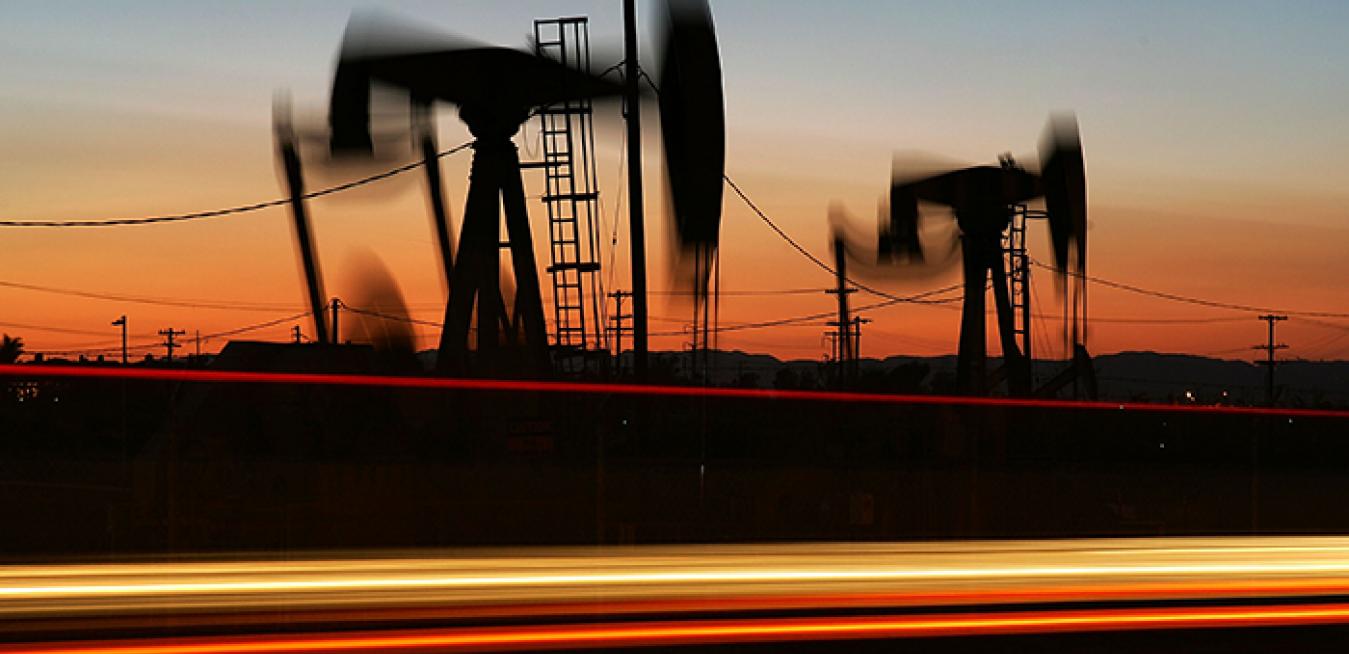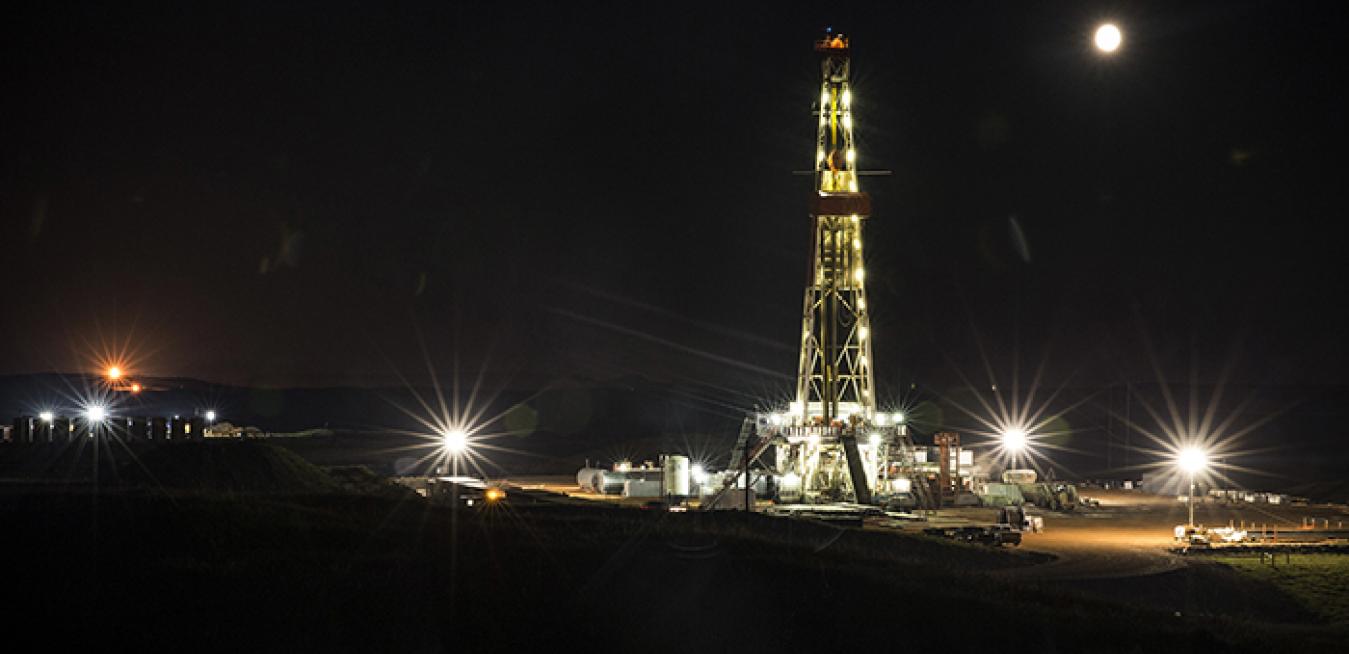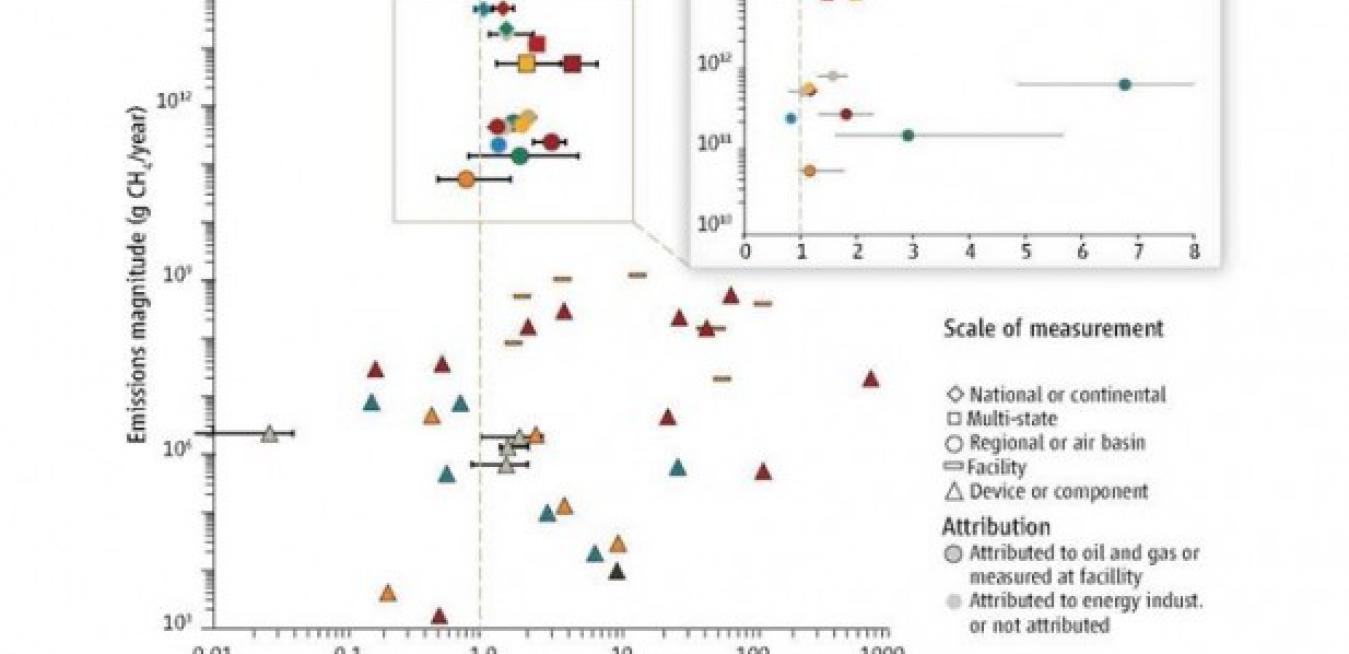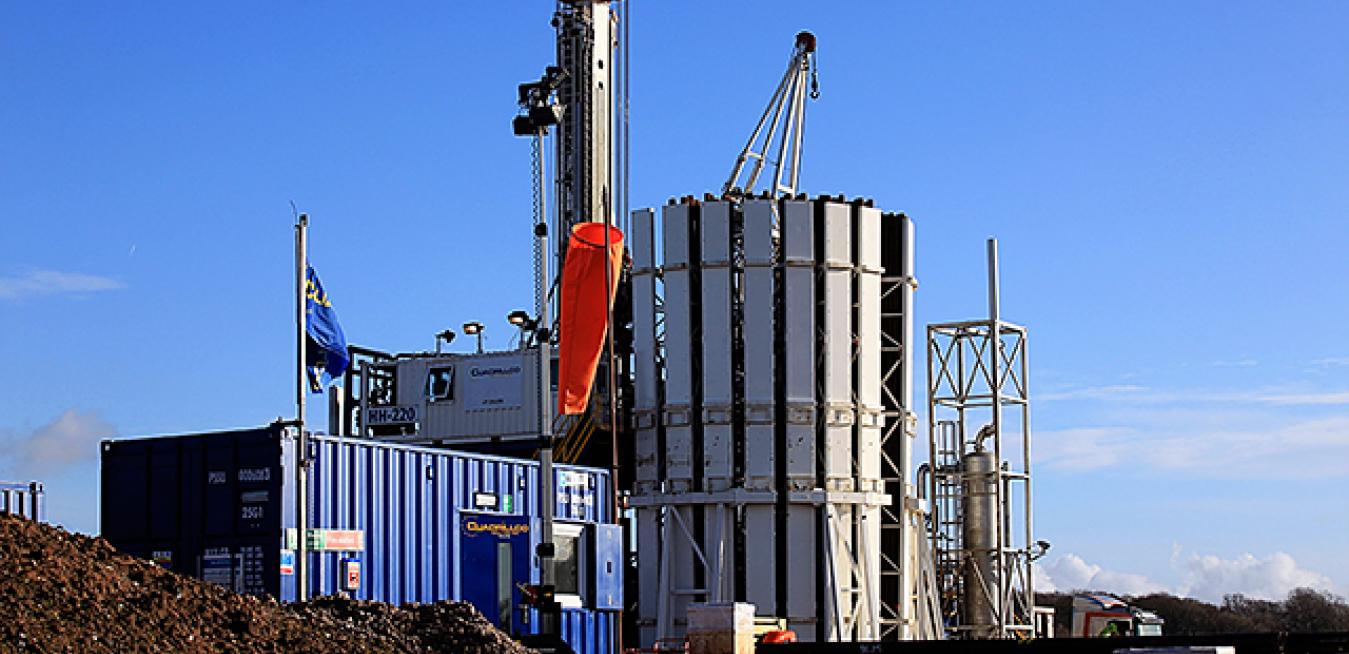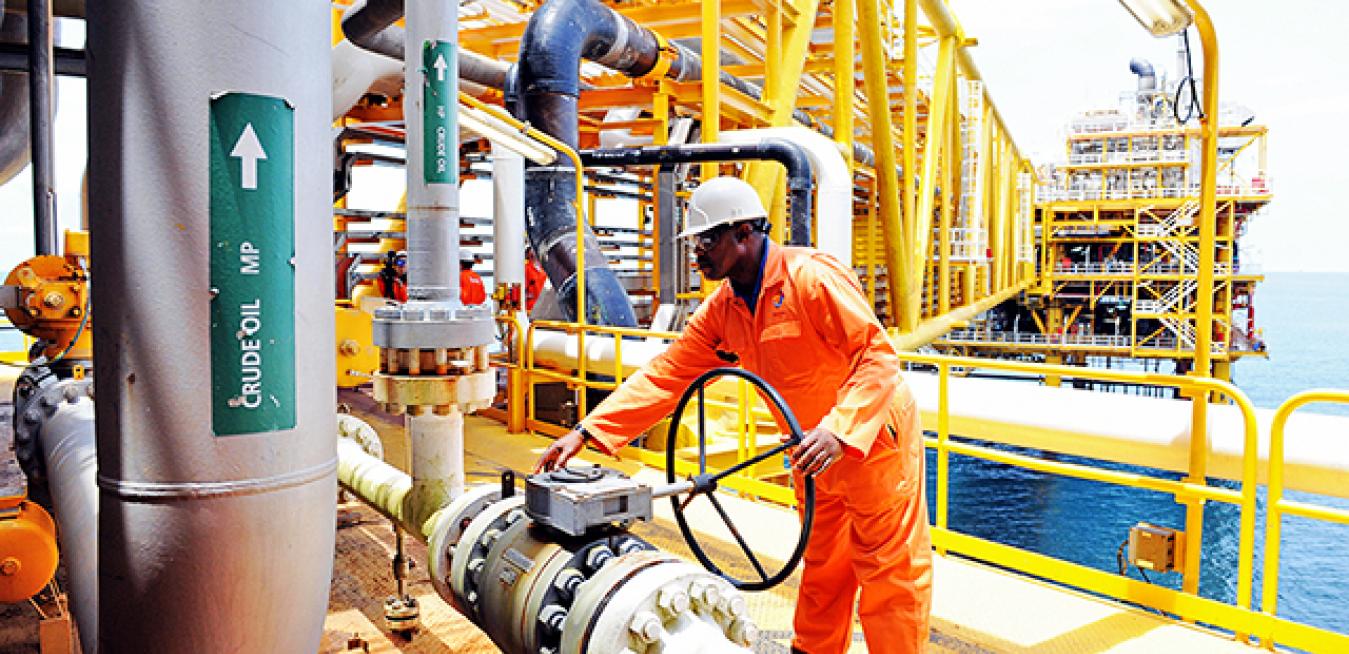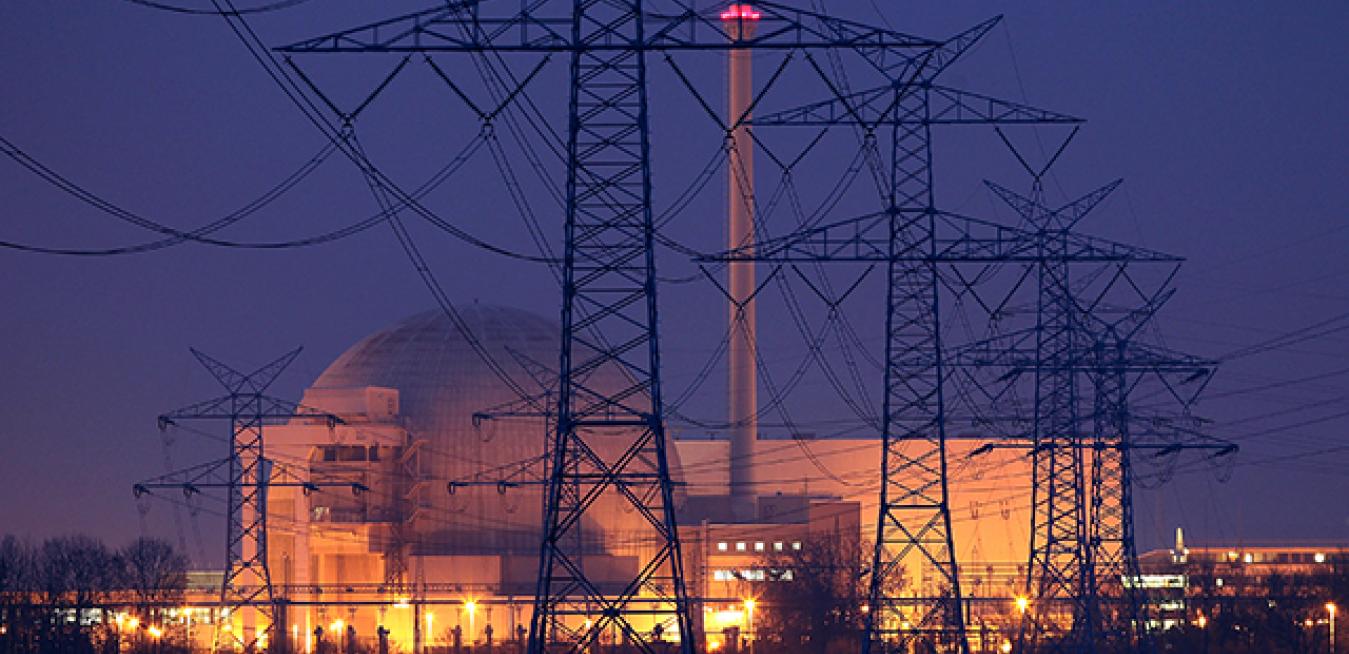Please watch a recorded version of this live event below as our panelists discuss these pressing global issues.
Google+ Hangout on the Water-Energy Nexus
Let’s face it: The oil and gas industry doesn’t have a terribly good reputation among students and young people. This is largely because of what they hear in the media, opinions that in my view are chiefly fostered by ignorance and misrepresentation.
A typical hydraulic fracturing well requires two to four million gallons of fresh water. Multiply that times hundreds of thousands of wells developed in the U.S. and Canada over the last decade and you get the idea – the shale revolution has an unquenchable water habit.
Although water use for hydraulic fracturing is a relatively small proportion of a state’s overall water use, at the local county or municipal level it is typically very high, often exceeding the water use of all residents in a region.
Distributed power technologies, which have been around since Thomas Edison built the first power plant in 1882, are increasingly used today to provide electrical and mechanical power at or near the point of use.
These factors are not universally present. We have diversity and divergence – and an absolute requirement to reduce greenhouse gas emissions worldwide – at play.
There is cause for caution because, as in all complex processes, there is risk.
Risk





